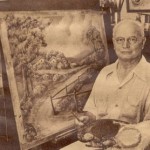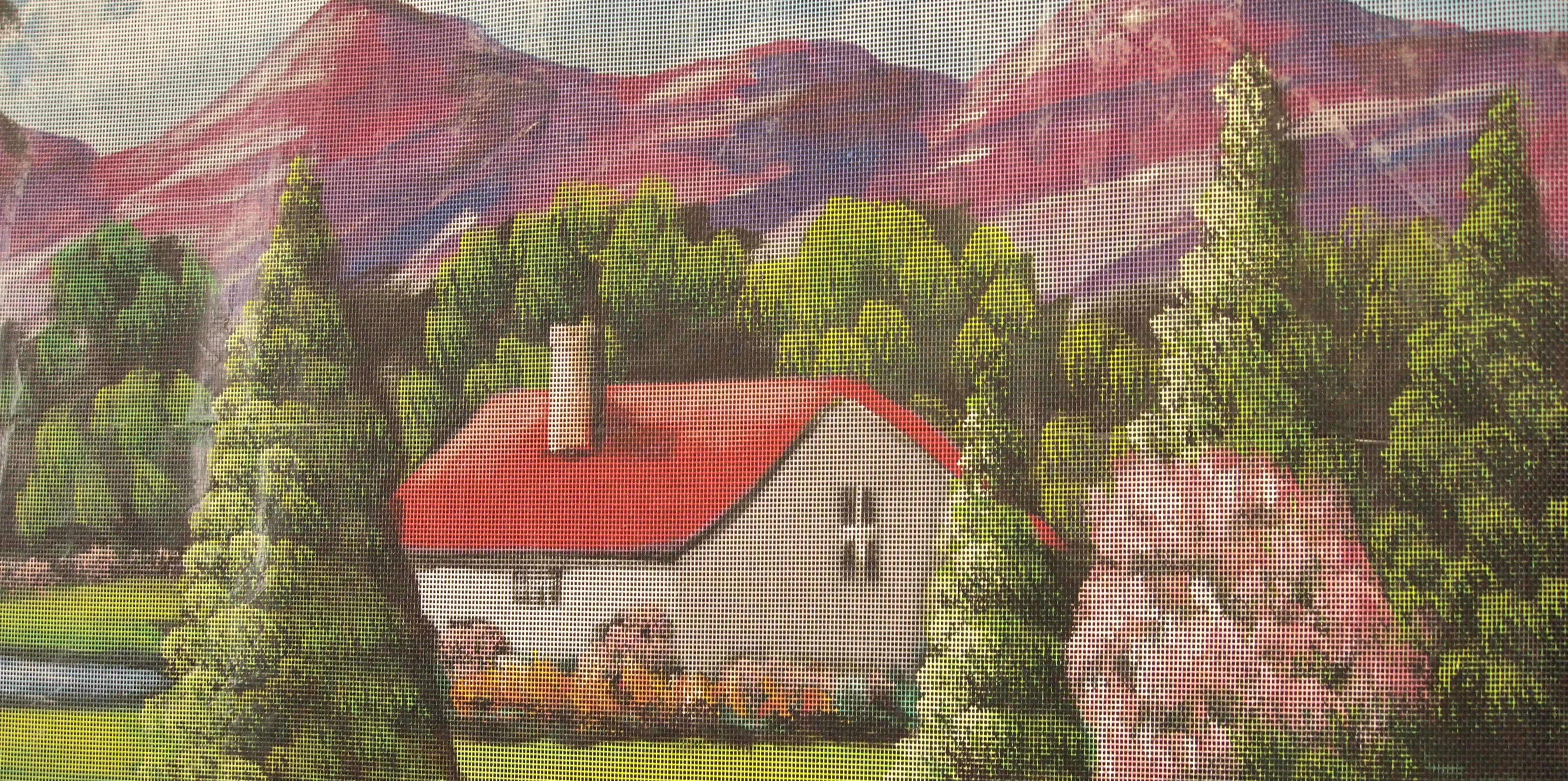 In 1913, Southeast Baltimore grocery store owner, William Oktavec, painted the screens of his store with images of his produce, both shading and showcasing his wares. At a time when there was no central air conditioning and a keen awareness of the danger of mosquito borne malaria, the safe, cool breeze afforded by a window screen was highly valued. Residents quickly noticed that Oktavec’s brightly painted screens, allowed for people to see out from the inside, but prevented people from seeing inside the store, providing air flow with privacy.
In 1913, Southeast Baltimore grocery store owner, William Oktavec, painted the screens of his store with images of his produce, both shading and showcasing his wares. At a time when there was no central air conditioning and a keen awareness of the danger of mosquito borne malaria, the safe, cool breeze afforded by a window screen was highly valued. Residents quickly noticed that Oktavec’s brightly painted screens, allowed for people to see out from the inside, but prevented people from seeing inside the store, providing air flow with privacy.
It wasn’t long before people in the neighborhood began requesting that Oktavec paint idealized scenes on their home window screens as a reminder of the homelands they missed or the cottage in the country they’d like to live in. Other artists took up the exciting new trade, going door to door and completing many paintings right in front of the houses they were to grace. It became so popular that at one time there were close to 100,000 painted screens brightening Baltimore neighborhoods. Some of William Oktavec’s progeny continue in the tradition today.
While the popularity of painted screens has waned due to the convenience of modern air conditioning, there has been a resurgence in the last decade of artists and enthusiasts who want to carry on this unique Baltimore tradition.
To see a tour of Highlandtown’s Painted Screens, click here.


